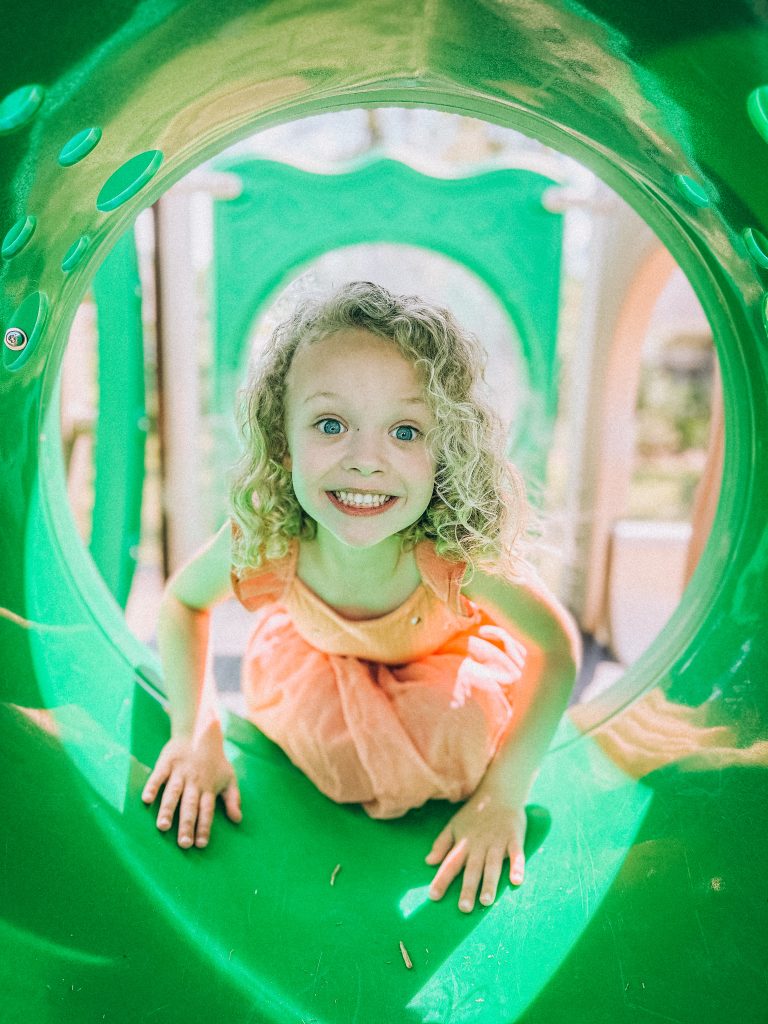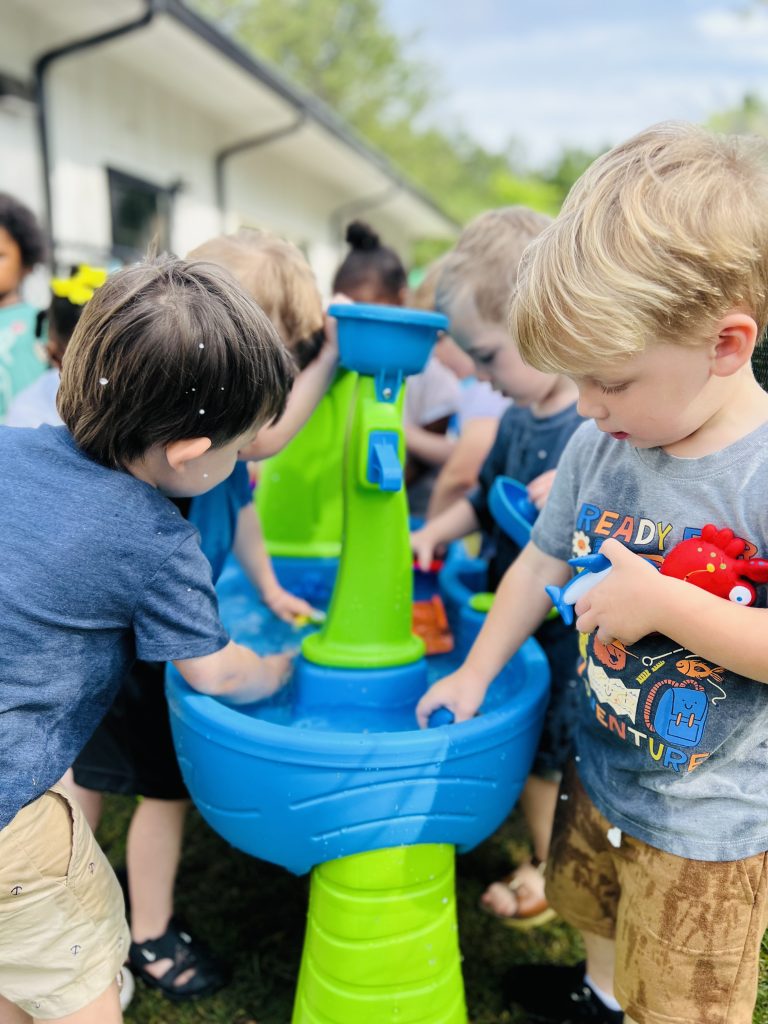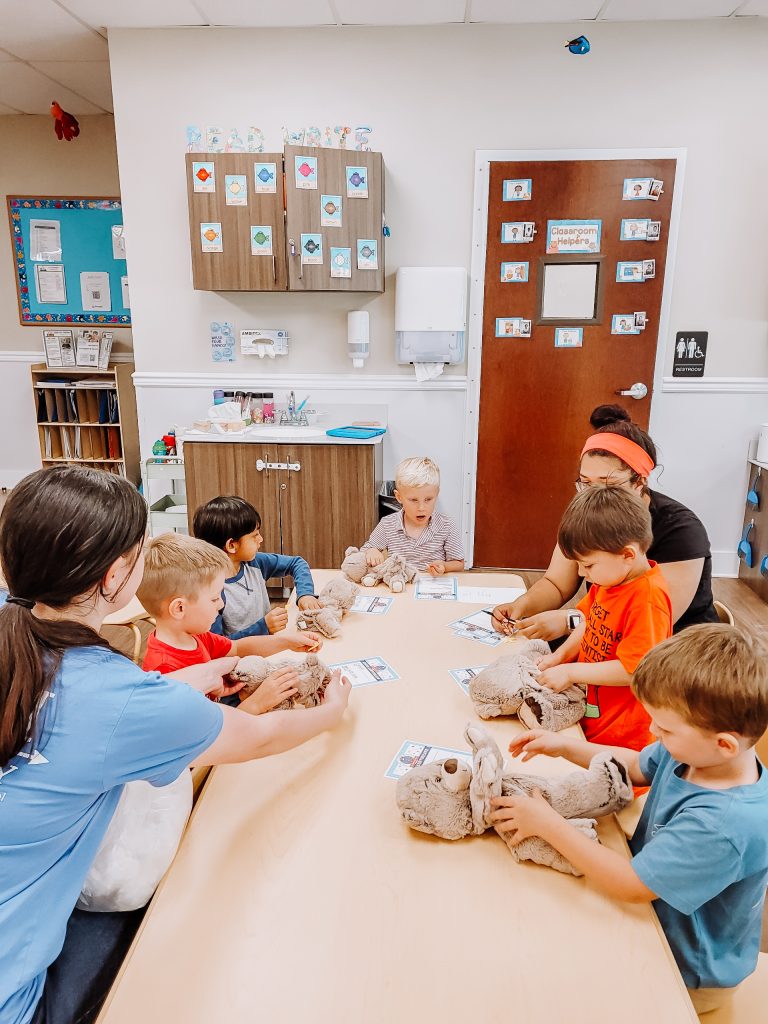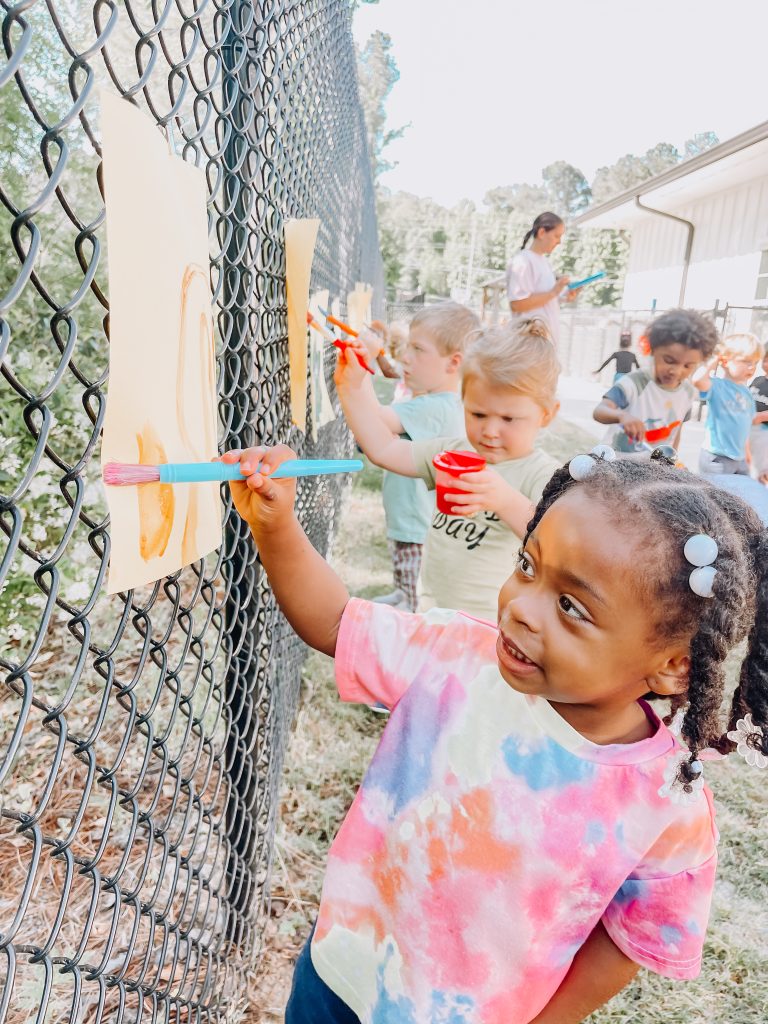Social and emotional development in preschoolers is critical as it lays the foundation for how children understand themselves, relate to others, and manage their emotions and behaviors throughout their lives. This form of development is vital in the classroom for several reasons:
- Building self-identity and awareness
- Regulating emotions and behaviors
- Developing relationship skills
- Enhancing learning readiness
- Promoting long-term academic and life success
- Building a supportive community
Prioritizing social and emotional development within the preschool classroom isn’t just fostering individual growth and well-being; it’s also about creating a nurturing environment where enduring learning and personal connections can thrive.
There are a few key components of Social and Emotional Learning (SEL) in Preschool:
- Self awareness
- Helping children recognize their own emotions and thoughts
- Self management
- Teaching children to manage their emotions and behavior effectively
- Social awareness
- Encouraging empathy and understanding of others
- Relationship skills
- Fostering cooperative play, sharing, and conflict resolution
- Responsible decision making
- Guiding children to make constructive and responsible choices
There are so many fun and engaging ways we can integrate promoting SEL into our daily routines and curriculum. Mood charts, story time discussions about feelings, and role playing games are all great ways to achieve this. Praise and positive reinforcement also play an important role in the classroom that helps promote SEL. Finally, educators can model behaviors to encourage positive social and emotional behaviors the children can emulate. All of these practices can be translated into the home setting so parents can continue to promote SEL.
Of course, as in any preschool setting, conflict will arise. These instances give us great opportunities to respond positively and provide us with great teaching moments. Through individualized attention, professional development courses, and involving families in the learning process, caregivers can work through challenging behaviors successfully.
Collaboration between caregiver and parent is essential to setting each child up for successful social and emotional development. Together, children will learn vital skills to help them learn and grow beyond just academics. Check out below some fun activities to help promote SEL!
Emotion matching game:
Create cards with pictures of different facial expressions showing emotions such as happiness, anger, sadness, and surprise. Have children match expressions with corresponding emotion words or situations. This helps children learn how to recognize and label their own emotions and those of others.
Role playing:
Set up scenarios that children might encounter in their daily lives, such as sharing toys, dealing with a conflict, or helping a friend. Through role playing, children can practice empathy, problem solving, and manage emotions in a guided, safe environment.
Story time with feelings:
Read stories that focus on emotional themes and ask children to talk about thow characters might feel in certain situations. Encourage them to share times when they felt similar emotions. This activity helps develop empathy and self expression.
Music and movement:
Use music to explore emotions. Play songs that convey different feelings and ask children to dance or move in ways that they think match the music’s mood. This is a fun way for kids to express emotions physically and creatively.
Group projects:
Engaging in group projects, such as building a large puzzle or creating murals, can help children learn to work cooperatively. It encourages communication, patience, and turn-taking, as well as the ability to handle frustrations and disagreements.
By integrating these activities into the curriculum, educators can provide rich experiences that encourage children to develop awareness of their emotions and those of others, navigate social interactions, and build fundamental skills that contribute to their wellbeing and success.





